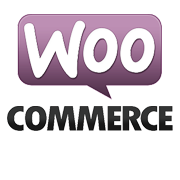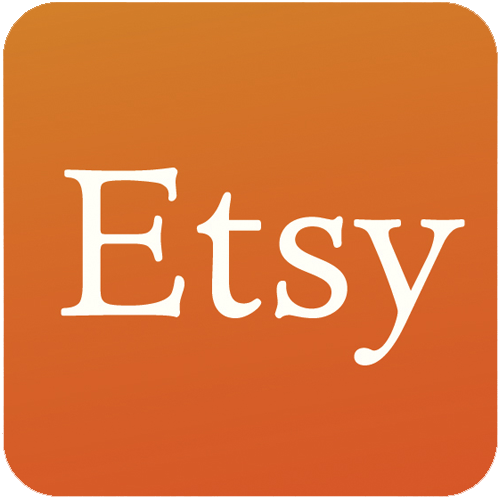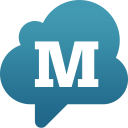How I Started A $15K/Month Business Making Bold Stationery
Hello! Who are you and what business did you start?
Hi there! My name is Markus Hartel and I started Raghaus Studios, a boutique letterpress print shop and graphic design studio five years ago after moving to a new domicile with nothing but a dream, no customers, and little cash in my pocket.

My current business is two-fold – I create custom stationery for clients and I also design & make comps (prototypes) of products and packaging, as I immensely enjoy the process of thinking, tinkering and making things with all sorts of cool equipment, ranging from turn-of-the-century presses to current digital machinery.

Download the report and join our email newsletter packed with business ideas and money-making opportunities, backed by real-life case studies.

Download the report and join our email newsletter packed with business ideas and money-making opportunities, backed by real-life case studies.

Download the report and join our email newsletter packed with business ideas and money-making opportunities, backed by real-life case studies.

Download the report and join our email newsletter packed with business ideas and money-making opportunities, backed by real-life case studies.

Download the report and join our email newsletter packed with business ideas and money-making opportunities, backed by real-life case studies.

Download the report and join our email newsletter packed with business ideas and money-making opportunities, backed by real-life case studies.

Download the report and join our email newsletter packed with business ideas and money-making opportunities, backed by real-life case studies.

Download the report and join our email newsletter packed with business ideas and money-making opportunities, backed by real-life case studies.


















